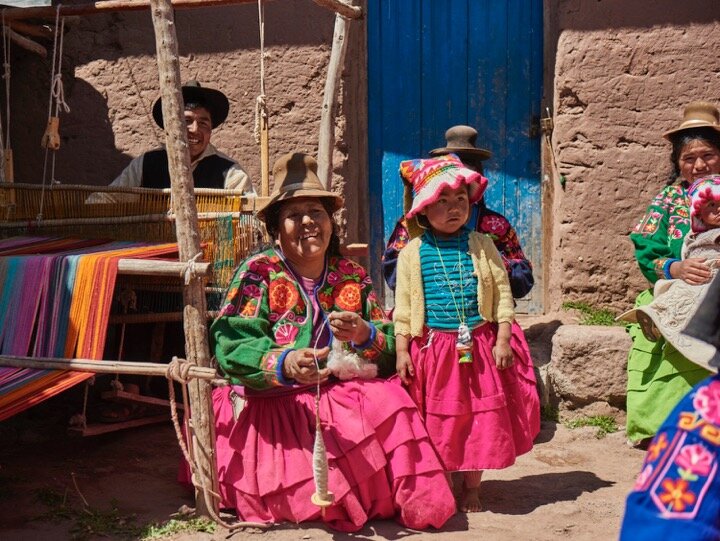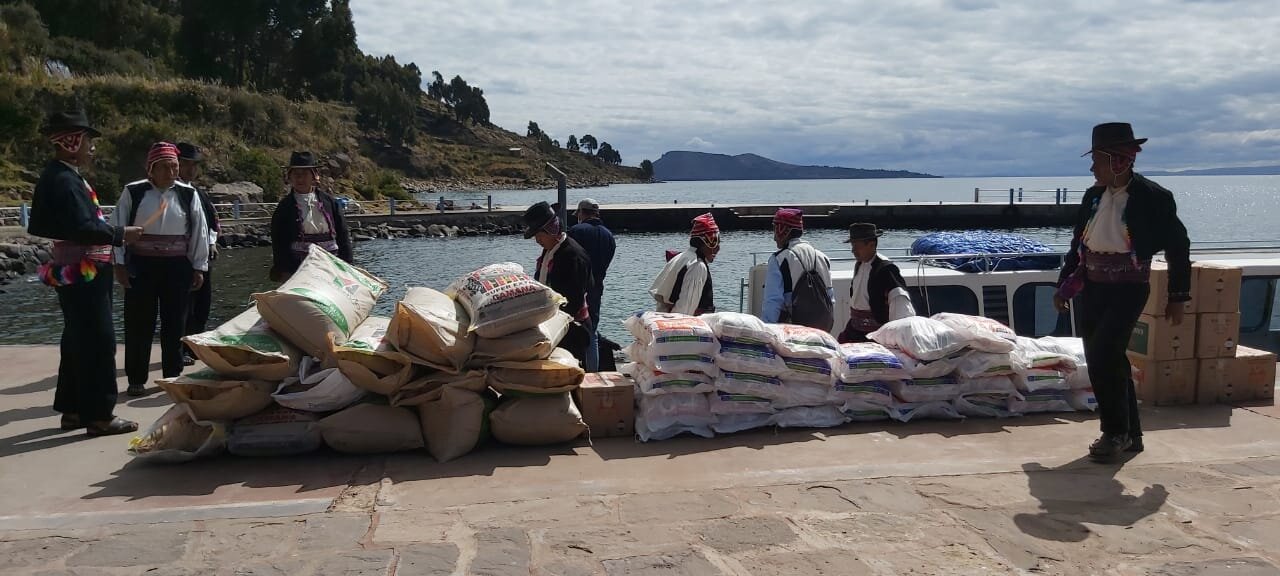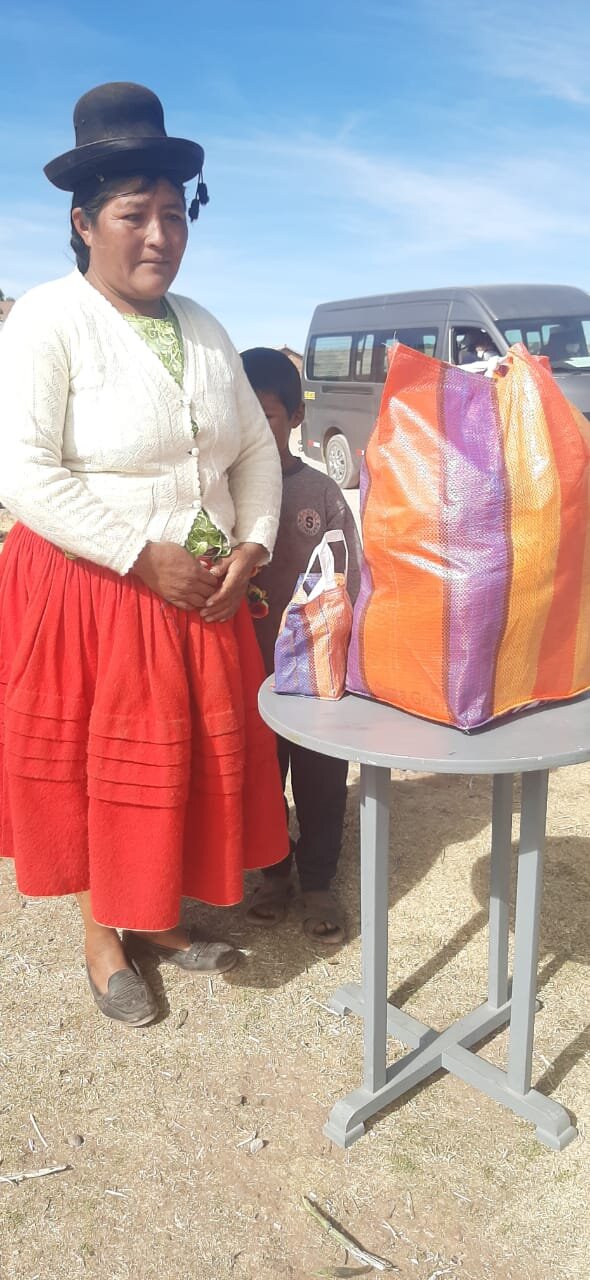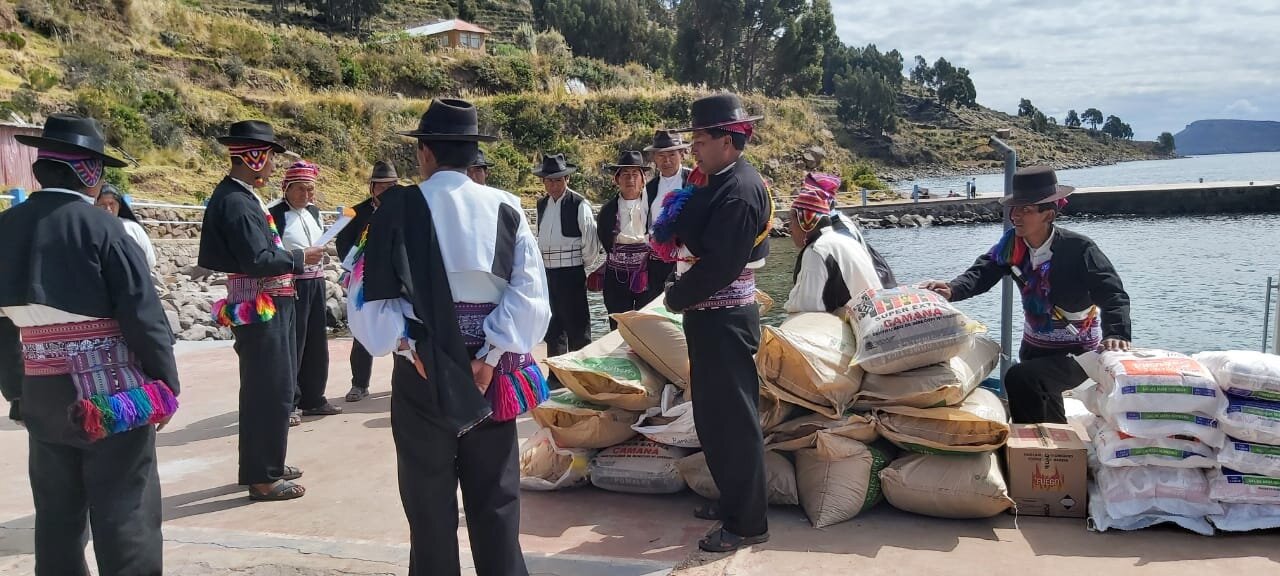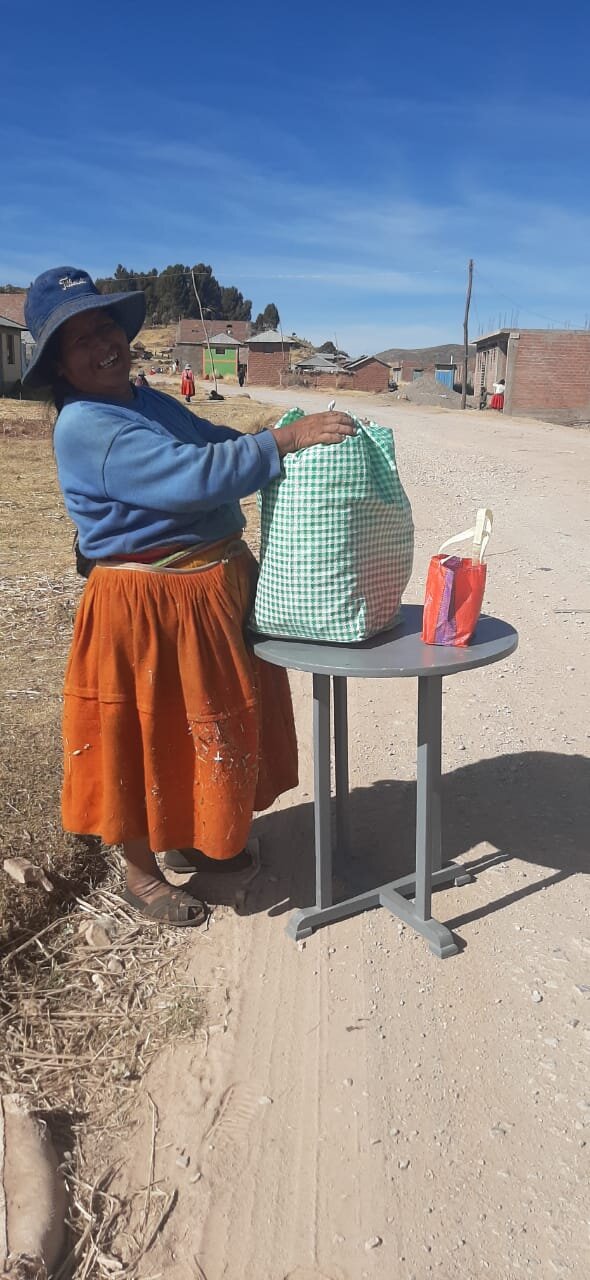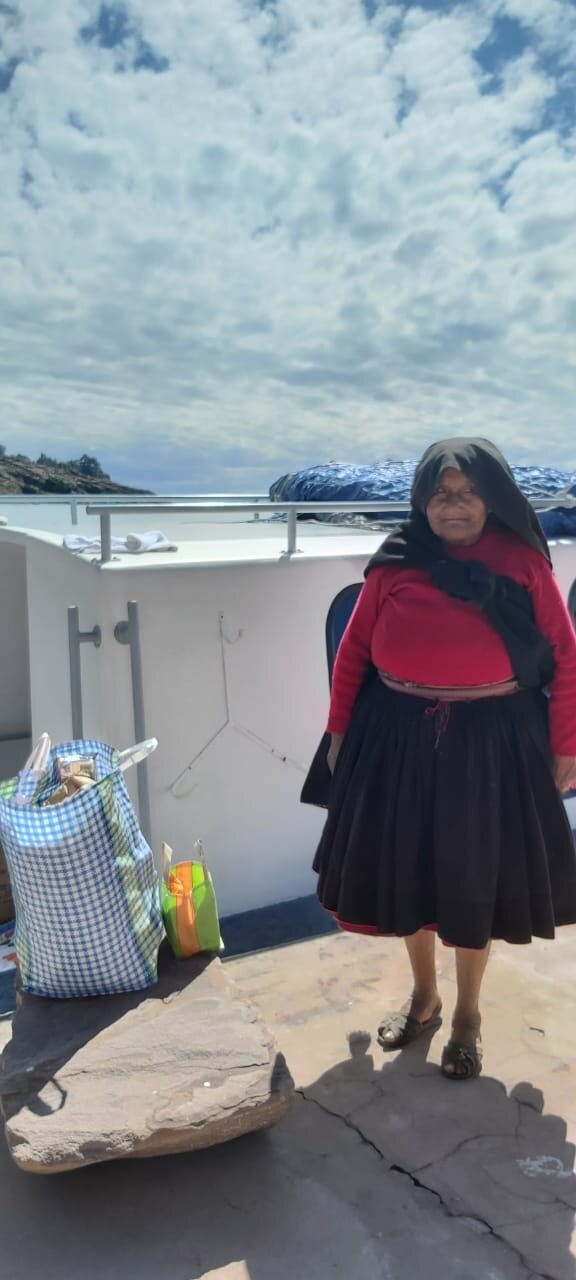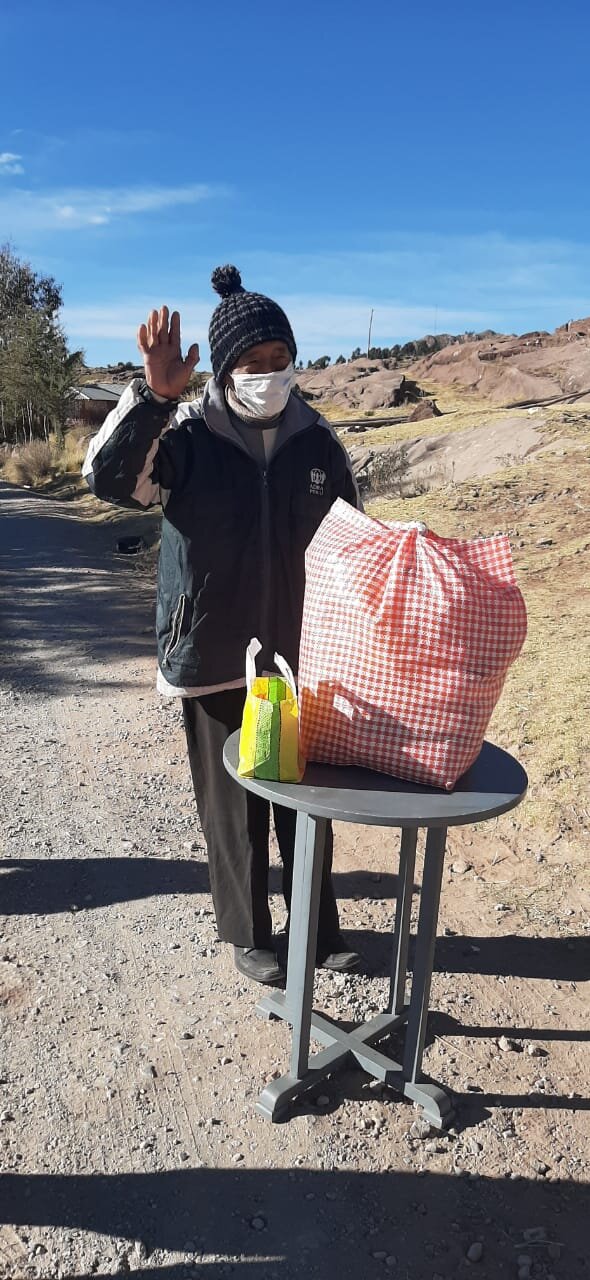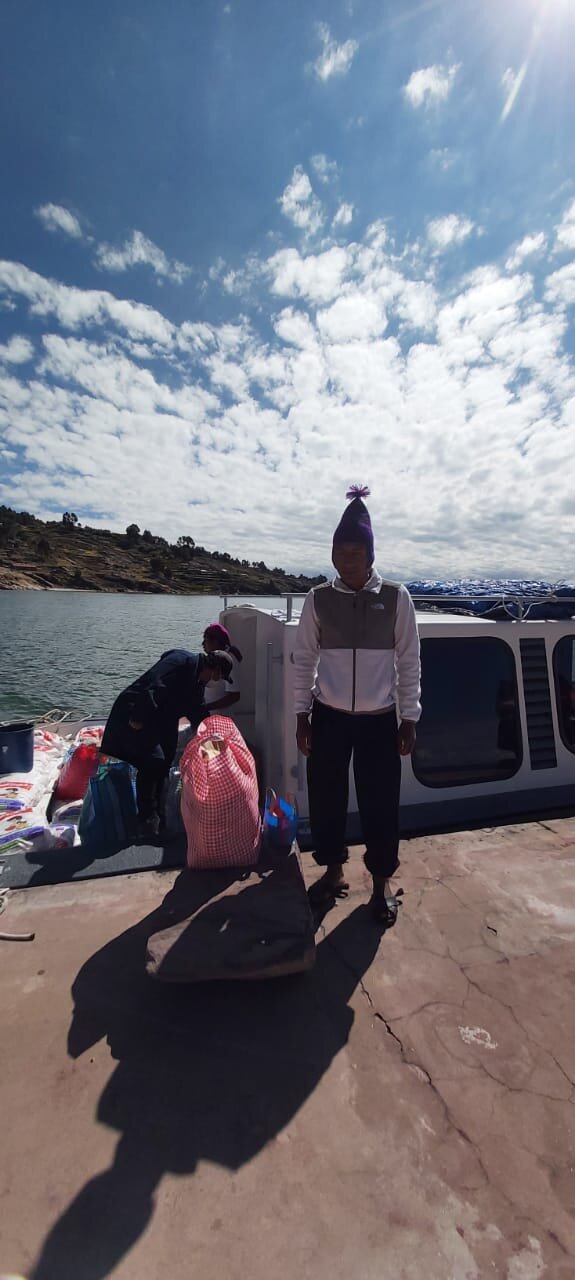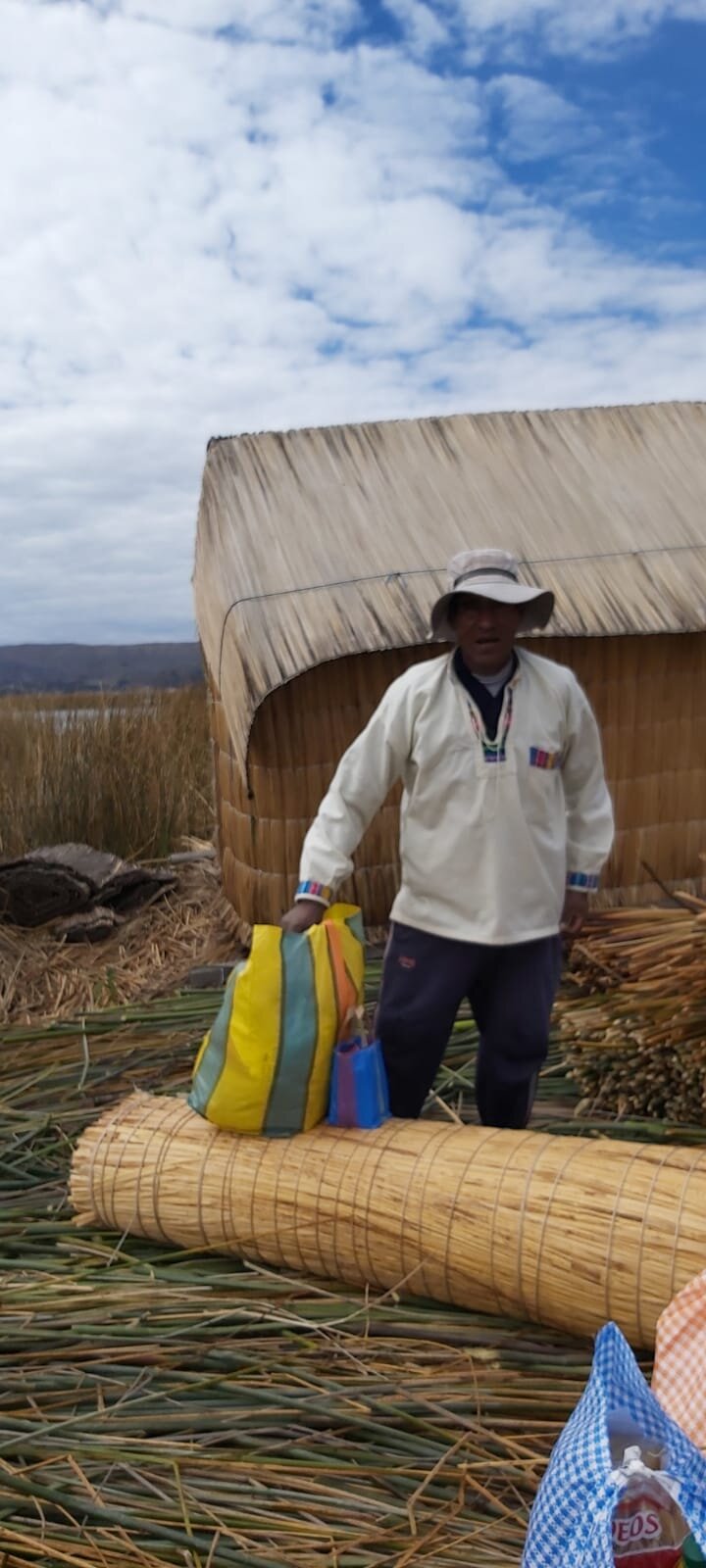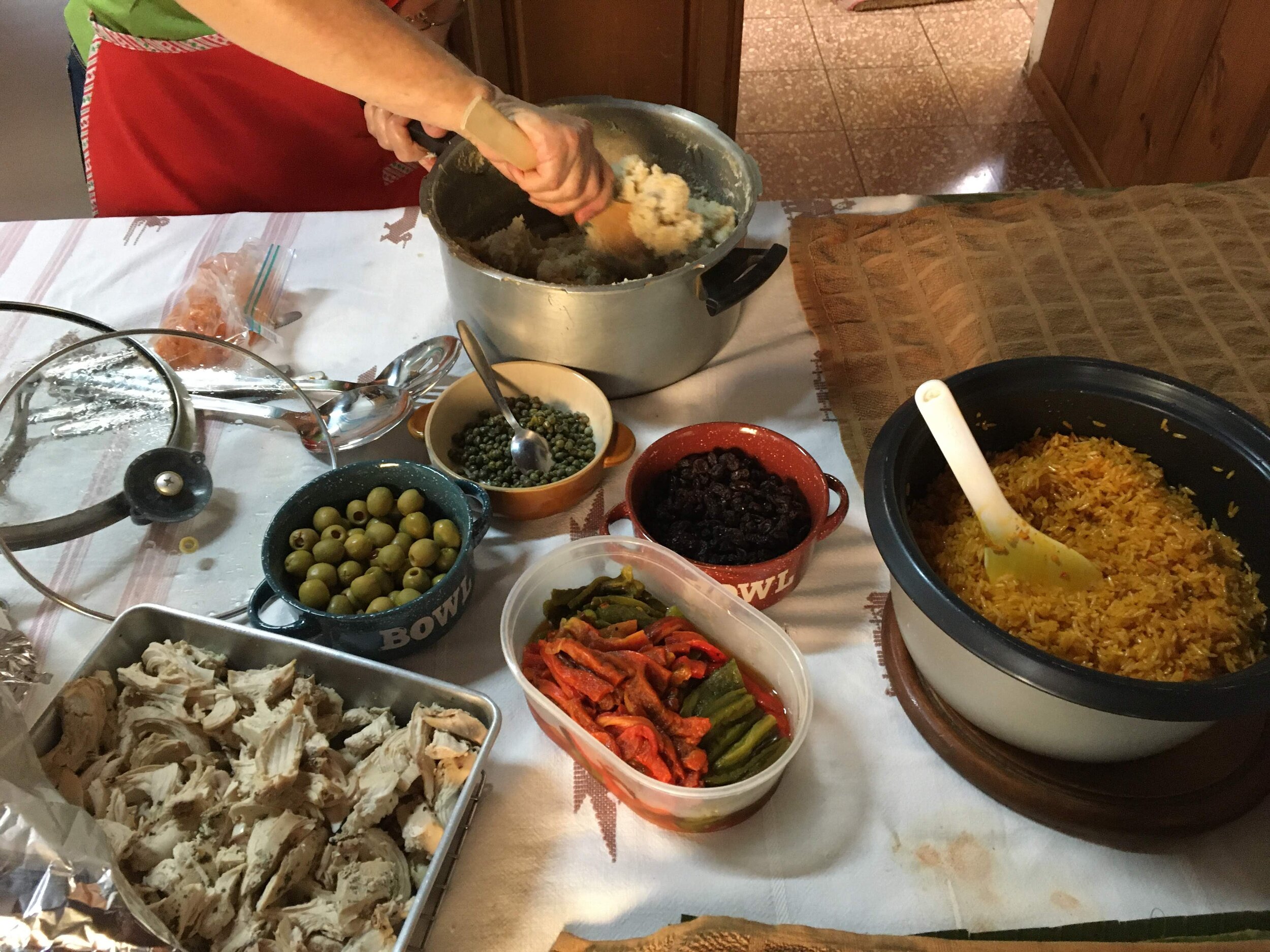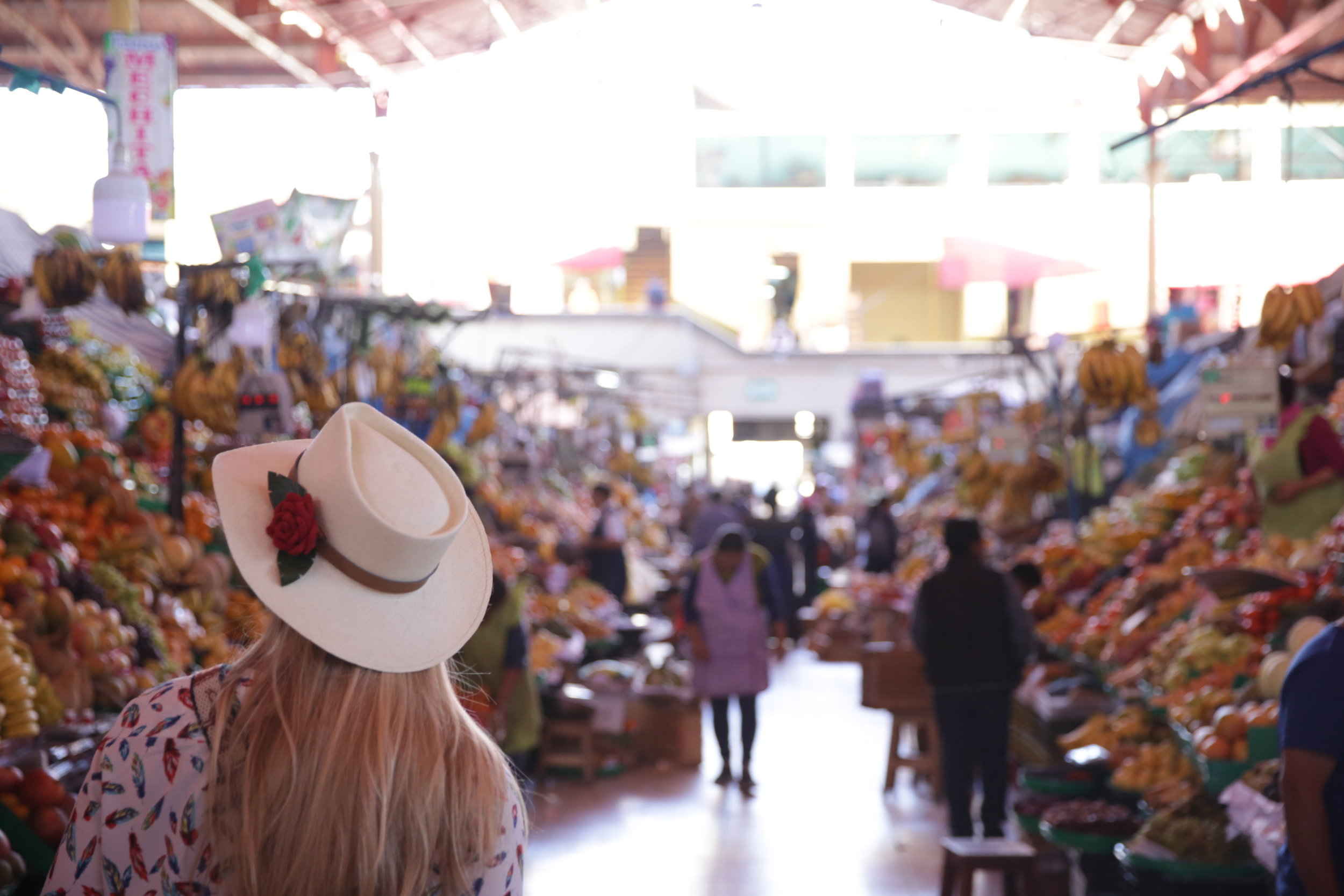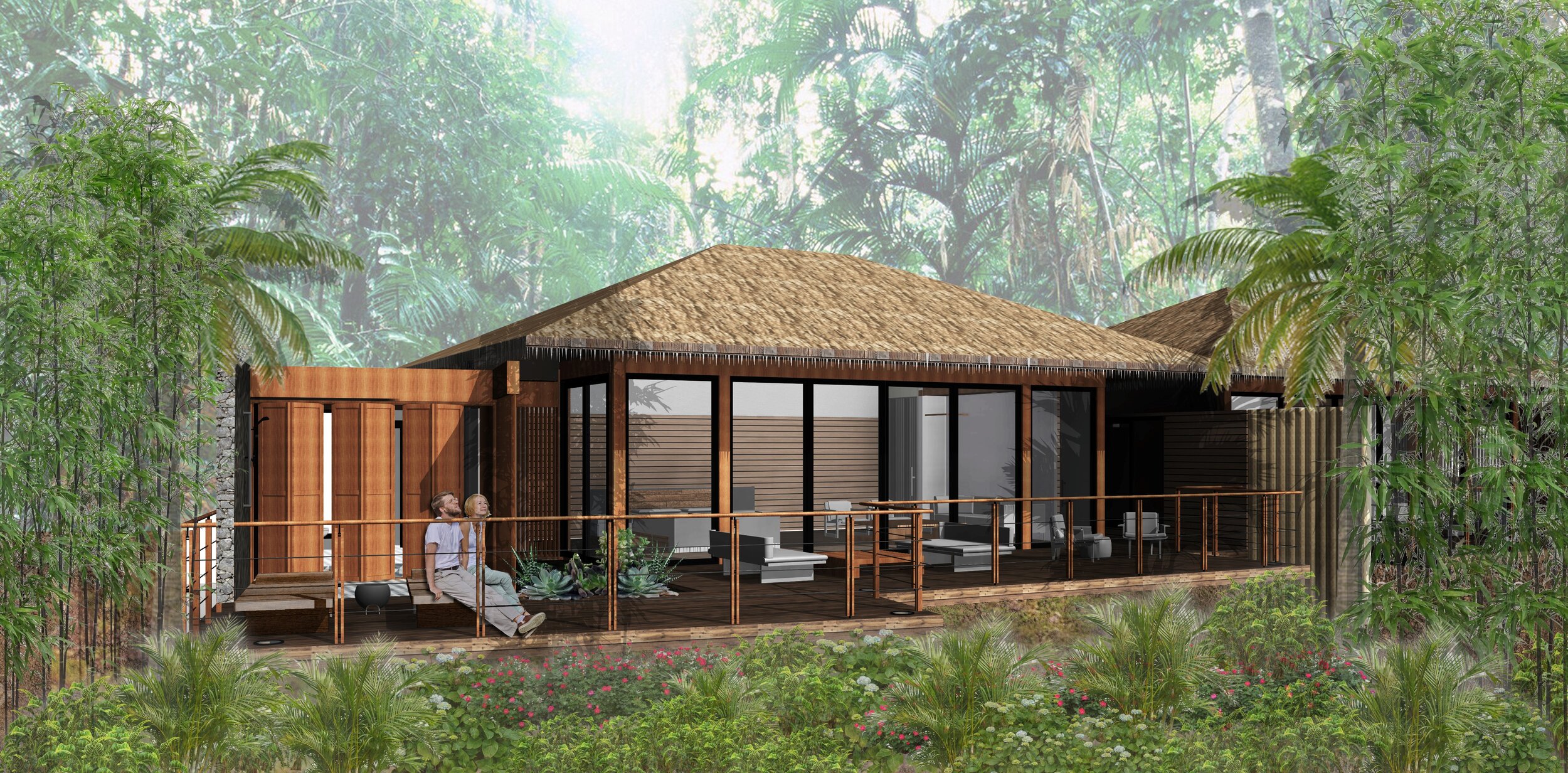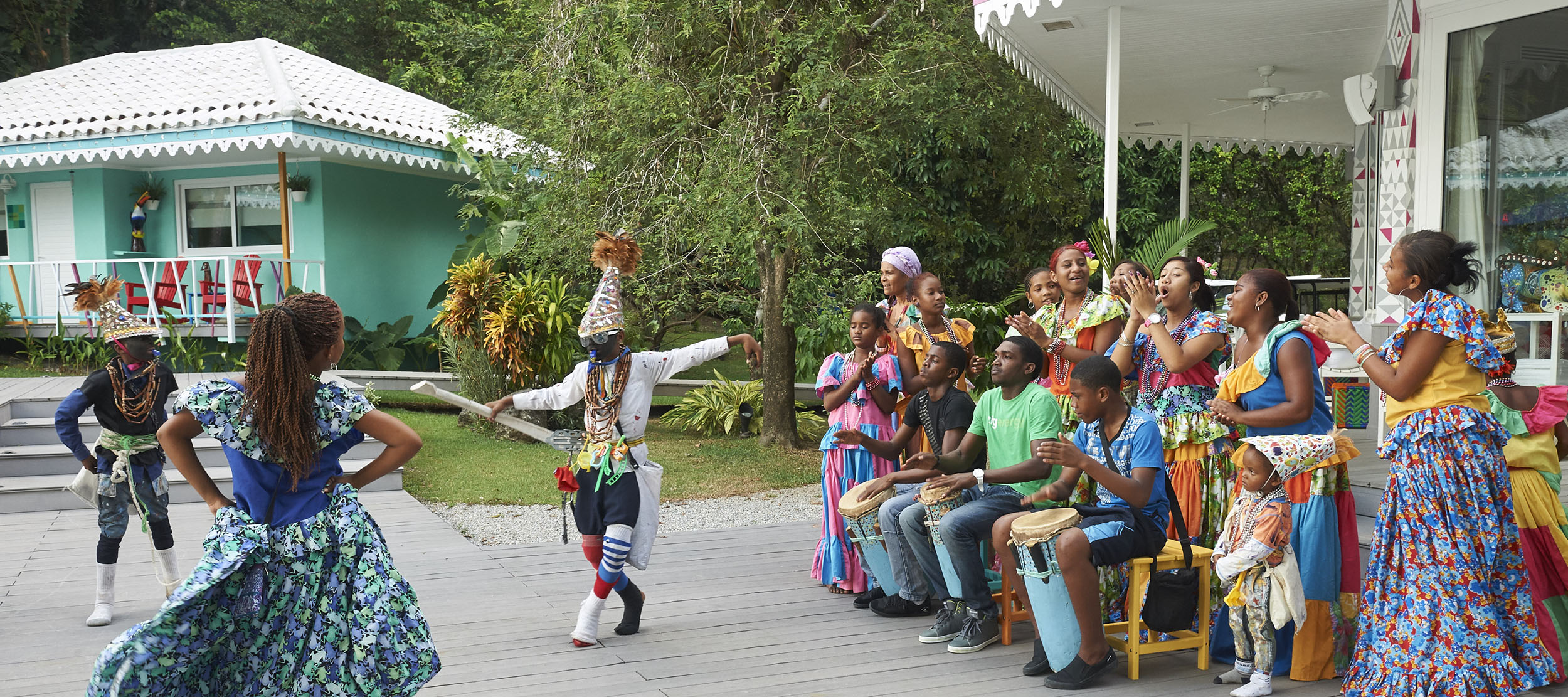Lake Titicaca Communities Support Fund
Lake Titicaca Communities Support Fund
When things are difficult for you, it often opens doors in which to reflect on your situation, and realize that others may be in a more difficult situation than you.
The Coronavirus pandemic has caused the global tourism and hospitality industry to grind to a halt. Those that work in the industry have seen their business go from 100 to Zero in the span of a few weeks, no new bookings are coming in, only cancellations and postponements. From hotel owner to tour operator to guide to airline steward to travel agent, we are facing challenging times with no clear end in sight. But we are directly involved in the industry. What about those that are indirectly involved in the industry?
What lures people to travel to far off lands is not just fancy hotels and exotic landscapes, it is the people they meet along the way that don’t directly work in tourism, but make the tourism experience so magical. We are all human after all and share in that primordial connection, that as different as we may appear on the outside, inside we are all the same.
It was in that spirit that Titilaka Lodge on Lake Titicaca decided to launch the Lake Titicaca Communities Support Fund. The indigenous communities that surround Titilaka are an essential part of what makes the guest experience so special and unique in the world. These communities have been part of the hotel’s extended family for many years and they have touched the lives of visitors from all corners of the globe. Although not directly involved in tourism, a large part of their local economy is driven by tourism money coming in. No tourism has meant a drastic decline in their local economy.
The Lake Titicaca Communities Support Fund is a fundraiser to supply basic food items and virus-protective supplies to 150 families in the four communities surrounding Titilaka Lodge. The goal is to collect 31,500 USD. This amount will provide a basic food basket for one month and a virus-protective supply kit per family.
Since launching one month ago, we have received 60 donations, from as small as $5 to as large as $2000, from people all over the world who have been touched by the communities of Lake Titicaca before and want to share some love. We have only reached 1/3 of our goal but are already making good on the promise to deliver these baskets to as many families as we can. I wanted to share some images of the first round of donations being delivered.
We still have more families to reach, so if you feel like you can spare $5 or more, we appreciate your support and you can donate and leave a message on our GoFundMe page.
A Message From Clark Kotula and Webinar Schedule
A message about COVID-19 from Clark Kotula and our webinar series invitation.
A Message from Clark Kotula and
May Webinar Schedule
I remember the last real hug I received from a stranger, it was March 12th around 8:30pm while at a travel industry event in Montreal. She was a Moroccan living in Canada and we shared stories about Morocco, me telling of my fond memories and appreciation of her beautiful homeland and culture - which brought out in her an overwhelming mixture of pride and homesickness - the moment culminated in a natural deep hug between us. Two strangers prior to that day were brought together through a love of travel and the human connection it fosters. The next morning I jumped on my last flight home to San Francisco with no idea that I’d be thinking of that innocent hug, and all it represented, almost 50 days later.
So much is out of our control right now: when will borders open, when will flights resume, when will kids go back to school, how long will the money last, are people even going to travel when it is possible, what will that look like? I’ve found great comfort in focusing just on the things that I have immediate control over and narrowing my focus to things that really MATTER: spending time with my family, looking after my children’s education and using the time to learn things I never had time for previously, caring for my local community and showing kindness, being thrifty with finances and spending money outside of the necessities only on things that bring real happiness and value to myself and those around me.
And I’ve seen that the carefully selected portfolio of properties we represent throughout Central and South America are thinking and acting the same. They are focusing on caring for the communities and environments that they directly support through tourism. None of them were created in the first place with the end goal of being a cash cow - they are small independently run properties that are rooted in welcoming visitors to their unique corners of the world to show them the wonderful people and landscapes they offer, and tourism allows them the financial means to care for their local communities and environments in return. The owners have always been on the path to figure out how to build a more sustainable, compassionate and purposeful travel experience - not on reporting profits to shareholders. Travelers who go to these properties leave feeling a deeper connection with their fellow humans and the destinations they came to experience, period. And these sort of attributes in travel experiences are going to be as important as ever now, as the world has been forced to slow down and take stock of what really matters in the long run, and separate it from the fluff of excess.
So when I think of that last hug in Montreal, and all it represents, it melts away the worries I have over things that are not directly under my control right now. Borders will open up, flights will resume, kids will go back to school, money will start flowing again and people will travel, no doubt. We are a species that is naturally curious, prefer to chase emotions over material things and crave human connection. We will hug again soon.
If this message resonates with you, then you might be interested in joining Kirsten and I on this series of webinars about the portfolio of properties we represent across Central & South America. We are going to focus on not just how to sell them, but why to sell them, and why now more than ever. They are all, by and large, in remote settings, extremely small, run by local communities, offer private services, are in bucket list destinations and dedicated to transformational travel practices that we believe will resonate even more with the post COVID-19 world traveler.
We welcome you to sign up for as many as you wish, even if you can’t make it on the time and date, we will send you the recording afterwards with “cliff notes” on what you missed. And we also welcome those that already know, sell and love these properties to join us too. Rather than ending with a Q&A session, we want to end with allowing those with experience of the properties and sending their guests there to share their connection with them and answer questions by their fellow travel peers.
For companies with 5 or more sellers of travel who would like to arrange a private, more interactive, brainstorming webinar on a certain destination or property, select the Private Webinar below which leads to a form where you can request that.
Our Recommended Reading List for Latin America
Want to dive into a country beyond a guidebook? Pick up one of our favorite books and it will have you planning your next trip to Latin America. We have recommendations for Chile, Colombia, Panama, and beyond.
Our Recommended Reading List for Latin America
Want to dive into a country beyond a guidebook? Pick up one of these and it will have you planning your next trip to Latin America.
Chile:
Life and Death in the Andes: On the Trail of Bandits, Heroes and Revolutionaries by Kim Macquarrie consists of short stories along the spine of the Andes from Tierra del Fuego to Colombia. The author’s ability to share so much knowledge and detail on cultural, historical, anthropological, geographical, environmental, aspects but in a way that leaves you not wanting to put the book down and as if you are along on a great adventure story.
The House of the Spirits by Isabel Allende – The saga of a family across four generations that also traces the turbulent history of an unnamed Latin American country (which pointed similarity to Chile.)
Poetry of Pablo Neruda – Chile’s Noble prize winning poet and later politician. Favorites include Twenty Love Poems and a Song of Despair, The Captain’s Verses , Odes to Common Things and The Book of Questions
Colombia:
One River by Wade Davis is a rollicking adventure story that crisscrosses the Andes from Colombia down to Peru, that touches on so many topics it’s hard to summarize in a paragraph. Tie together botany, ethnobotany, natural history, indigenous tribes, world history, culture and conquest and you have a book that will leave your head spinning and ready to jump on your next flight to the Andes.
Love in the Time of Cholera by Gabriel Garcia Marquez – Young and passionate lovers, Fermina and Florentino are separated by social class and grow apart to live separate lives throughout decades. After 50 years of marriage Fermina’s husband finally dies falling out of a mango tree (trying to retrieve his pet parrot) and Florentino confesses his undying love to her once again at the funeral, claiming to maintain a pure heart over the years despite hundreds of affairs and trysts with other women. (also a film)
The General In His Labyrinth by Gabriel Garcia Marquez – Fictional recollection of the last days of Simon Bolivar as he faces death and cynically reflects on his life. Darker than his other books.
Ecuador:
Huaoroni woman of Ecuador.
Savages by Joe Kane takes readers deep and intimately into the Ecuadorian Amazon to tell the tale of the Huaorani Tribe and their fragile tightrope walk between defending their ancestral traditions and history against the onslaught of missionaries, oil companies and the government. A fantastic book about Ecuador.
The Panama Hat Trail by Tom Miller. Most people don’t realize that “Panama” Hats are actually made in Ecuador. This book not only tells you this but uses the Panama Hat as a literary focus to tell the tale of Ecuador from a unique angle.
Nicaragua:
The Jaguar Smile: Salman Rushdie’s first nonfiction book about his travels in Nicaragua in 1986, in the midst of America’s behind-the-scenes war against the Sandinistas. Great story telling about the people, politics, land and poetry of Nicaragua from a perspective that isn’t told in the United States.
Panama:
The Path Between the Seas by David McCullough. Thorough by engrossing epic that traces the creation of the Panama Canal and packs a ton of historical detail that provides the traveler with context for understanding Panama today.
Folks from the Pacific Northwest probably know Stevens Pass, named for railroad engineer John Stevens. But did you know that he was also Chief Engineer on the Panama Canal project from 1905-1907? His experience was instrumental in rebuilding the Panama Railway to serve as a tool to aid the Canal construction and he also convinced Theodore Roosevelt to pursue a plan of locks & dams rather than a sea-level Canal like the French had proposed.
Peru:
Last Days of the Incas by Kim Macquarrie is the definitive historical narrative of the discovery and conquest of the Incan Empire by the Spanish. This is the one book to read if you are going to Peru.
Turn Right at Machu Picchu by Mark Adams is a great adventure book about exploring the true “lost cities of the Incas” in modern times. Part travelogue and part historical narrative, this book will get you excited about adventuring in the Incan heartland and introduce many characters still involved in the tourism landscape of Peru today.
Death in the Andes by Mario Vargas Llosa. Thriller, mystery & political allegory. Three male laborers go missing in the Andes and two Peruvian Army officers are sent to live among a remote village while they search for them. Weaves the modern terror of the Shining Path with ancient about monsters (pishtacos – a pale vampire) and black magic in the high Andes and the mistrust of people from different worlds.
Miscellaneous:
A Neotropical Companion by John Kricher is the definitive handbook for anyone traveling to the tropical rainforests of Central or South America. Any biologist or naturalist has this in their travel library and uses it until it falls apart apart and they are sent looking for a new one.
The Motorcycle Diaries – Ernesto Guevara’s Memoirs of nine months on the road in Latin America that shaped the future revolutionaries’ beliefs that the only way to correct institutionalized inequalities was to enable the poor to rise up in armed revolution.
The War for Don Emmanuel’s Nether Parts by Louis De Berniers – Hilarious parody on magical realism and many of the themes common to Latin American literature. The first of a trilogy. Highly recommend all three if you enjoy the first one.
The Book of Embraces by Eduardo Galeano – Poems, short stories, illustrations and prose by the Uruguayan author – a mix of autobiography, political commentary and magical realism.
Did we omit a book that should be on this list? Leave a comment and let us know!
Postcards from Latin America: Hacienda Bambusa by Julie Law of TWIL Travel
Postcards from Latin America: Advisor Julie Law shares a snapshot of her family’s recent trip to Colombia and experience at Hacienda Bambusa!
Postcards from Latin America:
Hacienda Bambusa by Julie Law of TWIL Travel
Advisor Julie Law of TWIL Travel recently explored Colombia with her family on an itinerary that included Cartagena, Bogota and the country’s famed “Coffee Triangle” where they fell in love with the rustic, rural charms of Hacienda Bambusa. Thank you to Julie for kindly sharing this “virtual postcard” from your time at Hacienda Bambusa, one of the happiest places in Latin America! We hope this inspires everyone reading to keep dreaming and looking ahead.








“Set in the middle of Colombia’s coffee region, surrounded by spectacular lush green mountains, sits the simple and elegant Hacienda Bambusa. With just eight suites and the friendliest, most attentive staff, Hacienda Bambusa offers a lovely home away from home experience in the highlands.
I knew this place was special the moment we arrived and were greeted by a chorus of cicadas and the chaotic flurry of different bird activity.
You might think that Hacienda Bambusa’s remote location would limit your options of activities but that’s not the case at all. Choosing between horseback riding, hiking, biking, coffee tasting, cacao tasting, bird watching or just to stay put to enjoy the pool were the biggest most stressful decisions I had to make during my family’s 3-night stay.
And my 15-year-old daughter (who I admittedly was worried would be bored) was just as enchanted with Hacienda Bambusa as the older couple we met! Having just returned from an incredible trip to Bogota, Armenia and Cartagena, I can say with confidence that staying at Hacienda Bambusa is a must on any trip to Colombia. You have to experience it to understand!”
Costa Rica Property Webinars: January 2020
Register for our webinars on Hotel Aguas Claras + Kurà and Senda Monteverde + Arenas Del Mar.
Costa Rica Property Webinars: January 2020
Kirsten is hosting webinars this week, covering news & updates from our partners in Costa Rica. Register directly via the links below. Even if you can’t attend during the live session, register regardless to receive a recorded copy and all associated sales & marketing materials. Each webinar will last approximately 30 minutes.
Hotel Aguas Claras & Kurà:
Inspired Design in Southern Costa Rica
When: Thursday, January 23rd @ 10:00 am Pacific Time
What: Discover the new Hotel Aguas Claras, the first luxury property on Costa Rica’s Caribbean Coast. Catering to adults, this hotel pairs well with Kurà for honeymooners and adventurous travelers seeking stylish, boutique properties that are off the beaten path.
Costa Rica 101: Senda Monteverde + Arenas Del Mar in Manuel Antonio
When: Friday, January 24th @ 10:00 am Pacific Time
What: The cloud forests of Monteverde combined with the rainforest & beaches of Manuel Antonio is a perfect & easy first trip to Costa Rica for families & travelers of all ages. Senda Monteverde & Arenas Del Mar are the top choices in either area, with ideal locations, exceptional staff & a variety of recent upgrades and on-property experiences that add considerable value when compared to other lodge options.
The Perfect Panama Itinerary for Families
The perfect 7-Night Panama Family Itinerary combining culture, nature, both coasts and two unique experiences at El Otro Lado & Isla Palenque.
The Perfect Panama Itinerary for Families
Your clients have already ”done” Costa Rica. Or maybe they are on the hunt for a destination that offers indigenous cultures, a cool city vibe, wildlife, adventure AND beautiful beaches. And is accessible via a relatively short nonstop flight from North America. And is warm, doesn’t come with altitude concerns, can be experienced within a week and is safe.
Panama checks all of these boxes and more and has been perhaps our most-requested destination so far in 2020. Travelers are often surprised at how modern and well-developed Panama is. Great infrastructure, paved highways and the USD as currency stand in contrast to 16th century fortifications, dense, impenetrable rainforest and indigenous groups such as the Embera and Guna Yala who maintain traditional lifestyles in the rainforest and on islands. The cultural diversity of the country is often unexpected as well, though the whole world has been transiting Panama for centuries and the influence of African, Chinese, Indian and European cultures can be observed especially well in the country’s culinary scene, a standout in Central America.
With our partners at El Otro Lado Private Retreat in Portobelo and Isla Palenque in the Gulf of Chiriquí, we’ve put together an ideal 8-Day/7-NightPanama Family Itinerary featuring the two best properties in Panama catering to the high-end traveler market while still being accessible, authentic and without pretense. For outstanding service, unique experiences and a selection of room options that work for families of different sizes (plus pools & water toys at both properties to occupy the kids while parents can sip a cocktail), this trip is hard to beat and has been thoroughly vetted and approved by Clark’s two sons, ages 7 and 10. (And they are tough to impress - having been every where!)
Highlights include:
Watching huge cargo ships traverse Gatun Lake from the Panama Canal Railway
Getting a lesson in percussion and rhythm from students at La Escuelita Del Ritmo in Portobelo (a free music school supported by El Otro Lado)
Learning about Congo cultural traditions and then painting in the Congo style
Wake boarding in front of a 16th century fort
Searching for Howler monkeys and sloths
Boogie boarding the waves at Isla Palenque
Discovering the remains of ancient, vanished cultures on the Secrets of the Island Walk
Snorkeling among coral reefs and visiting uninhabited islands in the Gulf of Chiriqui
Watching humpback whales breach and play with their babies in the waters around Isla Palenque (late July - early November)















The itinerary has been written with the travel professional in mind and is full of our notes on timing, flight options and recommended experiences in Panama City. We invite you to download this trip as a Word Document to send to prospective travelers, customizing as you see fit. You can also send it directly to your preferred Panama DMC or Tour Operator partner for a quote & their input or contact Kirsten at kirsten@clarkkotula.com for suggestions on how to put it all together.
La Tamaleada! A Christmas Tradition from Central America
In Central America tamales are an iconic part of the Christmas season, a delicious way to bring family members together to feast and celebrate their heritage. Silvia Solis, General Manager of Kurà, shares more about her family’s tamale tradition in Costa Rica.
La Tamaleada! Exploring a Central American
Christmas Tradition
Silvia, on the job at Kurà. Not making tamales.
Preparing, sharing and eating tamales is a beloved Christmas tradition throughout Mesoamerica - the cultural region spanning from Mexico to Costa Rica in which people share certain traditions, language and histories that date back to pre-Colombian times. Every year in early December, families and friends in Costa Rica gather for Tamaleadas, or tamale making parties, to divide and conquer the many labor-intensive and time consuming steps required to produce the delicious, leaf wrapped packages. Recipes and key ingredients will vary from family to family, but the significance of the tamale remains the same; a beloved ritual that brings family together to honor their heritage & celebrate the season.
I recently caught up with Silvia Solis, General Manager of Kurà, at an early December gathering in San Jose. From the city she was heading to her mother’s home for her family’s annual Tamaleada, which she kindly agreed to share with us below. Prior to joining Cayuga and working in hospitality, Silvia studied biology, conservation and ecology, attending graduate school and conducting field research in both Costa Rica and Mexico. She has sampled tamales near and far, but her mother’s remain her favorite.
Silvia’s signature tamale ingredients spread
“The "tamal" is a preparation that is purely Mesoamerican, there is no translation into English or any other modern language. It's a pre-Hispanic or pre-Colombian tradition, which means it was here way before the Spanish invaded Mesoamerica.
Tamales are basically a dough made from corn, masa - the same you use for tortillas. You can buy masa pre-made but my mother makes it herself. The corn must be white and has to be "cascado", which is the process to get rid of the peel or skin (this is the thing you get between your teeth from the popcorn!). To make our tamale masa, my mom cooks the corn with potatoes and also bacon fat which gives it a fantastic taste! In some recipes you’ll see that the fat or lard is added later in the process, but we add ours while the corn is still cooking. Once the corn is cooked we take it to the grinder, "molino de maiz, " and grind those three ingredients together into a dough. Then comes the good part, we mix the formed dough with a special blend of pork and chicken broth which has already been prepared previously, until the mixture has a texture like pudding. (Some people use just pork broth or just chicken, or a vegetarian broth if preferred.) Finally, the dough is then cooked down again, this time with the addition of lots of salt and pepper to enhance all of these delicious flavors.
Wrapped tamales ready for the final round of cooking.
The dough is prepared the same day you make tamales, but preparation for the other ingredients starts a couple of days prior. You have to prepare the broth, both chicken and pork meat, sauces (in my house we use a tomato sauce), rice with "achiote" (a natural condiment that gives a nice orange color to the food), carrots cut in small pieces, and then other various condiments. and fixings. In my house we create a "fusion" tamale blending ingredients from mediterranean cuisine, so we like to add capers, raisins, chickpeas and olives.
The other main task to accomplish before the main tamaleada is preparing the plantain leaves that are used for wrapping the packages. (Plantain or banana leaves are typical in Costa Rica. In Mexico and the American Southwest you are more likely to find tamales wrapped in corn husks.) The leaves must be trimmed to the right size and length, cleaned and then prepared "soasadas", not fully cooked but grilled just a little bit so they are flexible enough to wrap the tamales without breaking. To tie the tamales we use a cotton thread called "manila" or natural fiber from the plantain plants.
The day of the tamaleada starts early for the main chefs as we must prepare the masa dough and this step alone takes several hours. Once the dough is finished cooking and while it is still warm, we pour a scoop of it on to the plantain leaf and spread it a bit. On top of the dough we arrange the rice, meat on the side, peppers, other veggies and sauce on top. Of course the ingredients must have specific array and that's a "family signature"; my mom believes that how you arrange the ingredients is very important. When you open the tamal to eat it, it must look as good as it smells and invite you to devour it!
Silvia’s mother assembles the perfect tamale.
Once all the ingredients are in place and portioned correctly, we close the leaves with specific folds to seal out the water and pack the tamales in pairs to tie them up. The tie is very important, as the tamales must stay together through one more round of cooking! After all the tamales are ready, pair and tied, you must cook them one more time in a big pot with boiling water for about 45min. Traditionally the tamale pot is gigantic and we use a "fogón" or a fire on the ground so is easy to drop and pick up the tamales. If the folds and ties are good, then the tamales can boil for as long as necessary without any accidents like allowing water to seep through the leaves!
After the last cooking process you have to let them rest for another hour or until the cool down so that they hold their shape when you open them to eat. My mom was telling me the story of her first time making tamales by herself; she was so anxious to see the final product that she opened the tamal while still hot. Instead of retaining its shape the tamal “melted” and just spread all over the dish! You can imagine how upset she was after days of prepping and cooking - she started crying thinking that she had messed up the processed and ruined all of her hard work. But luckily my grandmother was around and explained that she just needed to be patient! “
Do you celebrate the holidays with a Tamaleada? Leave us a comment if you’d like to share your key ingredients or family recipe! And if you’d like to try making tamales at home, check out this version of a recipe from the Smithsonian: “La Tamalada: A Christmas Tamale Tradition”
Why Travel to Arequipa to stay at Cirqa?
Ignacio Masias seems to have a knack for knowing where and when to launch a new property in Peru. While most in the travel industry are familiar with the names and reputations of his properties, less are familiar with Arequipa as a destination or know why someone would want to travel there to stay at Cirqa.
Three Reasons to Travel to Arequipa to stay at Cirqa
Ignacio Masias
Ignacio Masias seems to have a knack for knowing where and when to launch a new property in Peru. The Inkaterra Villas in the Sacred Valley, Titilaka on Lake Titicaca, Hotel B in Barranco, Atemporal in Miraflores—all of the projects he has been involved with have not only pushed the envelope in luxury hospitality experiences in Peru, but they have fundamentally changed or re-invented the destinations where they are located.
Now, Ignacio has done it again with the opening of Cirqa in Arequipa. While most in the travel industry are familiar with the names and reputations of his properties, fewer are familiar with Arequipa as a destination or know why someone would want to travel there.
During my ten years leading trips in Peru from 1997 to 2007, Arequipa was a mainstay of itineraries and hands-down my favorite city destination in Peru. I believe it kind of “fell off the map” starting around 2006 when luxury hotel development really started to ramp up in the Cusco/Sacred Valley/Machu Picchu area and high end travelers and travel advisors began to just focus on those areas. Arequipa has not lost any of its charm, but now the spotlight is back on it due to the opening of Cirqa. I want to share a few reasons why it is such a spectacular place to include in a Peru itinerary and how to do it.
1. The Weather, Altitude and Size of the City
Arequipa sits at a very manageable altitude of 7,600 feet (2,300 meters) right at the convergence zone between the Atacama Desert and the high Andes. The city boasts 300 days of sunshine a year on average, low humidity, and average daytime temperatures in the low 70’s—in other words, it’s an absolutely splendid climate. For travelers who are worried about how the high altitude is going to affect them in Cusco (11,200 feet) or Lake Titicaca (12,500 feet), Arequipa makes a perfect acclimatization stop for a couple of nights before moving on to higher elevations. Also, if you like nice weather, consider that during the “high season” of tourism in Peru between June through August, Lima is cloaked in cold heavy fog those months while Arequipa is marvelous.
Arequipa is Peru’s second largest city, so flights from Lima (only 1hr20min flight time) are leaving almost every half an hour from sunup to sundown, so you can pretty much connect right to Arequipa on arrival in Lima easily, and then fly directly on to Cusco from Arequipa. Also, if you want the culture and vibrancy that a city offers, but are turned off by traffic and total mass humanity of Lima, Arequipa is only about a million people vs the nine million of Lima. It’s a very manageable size and a joy to explore on foot or by short car trips. Combine the weather, elevation, size, and all there is to do in Arequipa, and it makes a great alternative to Lima for the right travelers.
2. The Variety of Things to Do
Being Peru’s second largest city, Arequipa offers visitors a huge variety of experiences. It’s also easily escaped, if you like cities but need some outdoor time as well. There is fantastic whitewater rafting, mountain biking, hiking, and horseback riding right around the city outskirts.
Arequipa is extremely picturesque on many levels. The city is ringed by three huge volcanoes which can be seen from the city center (Misti, Chachani, and Pichu Pichu) which are snow-capped during certain times of the year.
Due to these volcanoes, the entire city is built using a blocks of bright white volcanic stone called “sillar” which are often painted bright colors that give it an almost Portugese flair of sophistication. The architecture in Arequipa is one-of-a-kind due to the use of this stone, and a joy to lay your eyes on. The most visited attraction in Arequipa is the Santa Catalina Monastery which is a sprawling historical complex right in the city center—a wonderful meditative experience is to just wander through this complex as you soak up the colors, textures, and serenity of this monastic oasis in the city center. For museums, Arequipa has a total jewel in the “Museum of Andean Sanctuaries.” This museum houses “Juanita the Ice Maiden;” the mummy of a young girl who was sacrificed during an Incan ritual on nearby Mount Ampato sometime between 1450-1480. She was discovered by mountain climbers in 1995. The high dry air kept her perfectly preserved—even her braided hair and the contents of her stomach were perfectly preserved. (In fact, most confirmed research that has been done on Incan ceremonial customs stems from Juanita.) The museum provides an incredible background in understanding the Incas connection with the earth.
There are lively markets to explore and to see the bounty of ingredients produced in Peru, and fantastic dining experiences throughout the city including the private restaurant at Cirqa. Culturally, Arequipa is the Peruvian center for art and literature and was the home of Peru’s most famous author and activist, Mario Vargas Llosa, who won a Nobel prize for literature. His home has been converted into a splendid interactive museum—well worth a visit.
Sitting in the lively Plaza de Armas at sunset, listening to children's laughter as they play tag between the towering date palms, watching the colors reflecting off the white sillar stone of the Cathedral, the perfect temperature enveloping you with a backdrop of Andean volcanoes…is simply an unforgettable experience. Simply put, a couple of days in Arequipa will leave you not wanting to leave. It’s the most pleasant atmosphere of a city in Peru, hands down.
3. Overland Trips from Arequipa
Cirqa was conceived as the sister property of Titilaka, Ignacio’s other incredible property on Lake Titicaca. The properties are in sync and if combining them on the same trip, you can check in at one and check out at the other. The full day overland journey between Arequipa and Lake Titicaca is wonderful and well off the beaten path. The route takes you right through the middle of the close to one-million-acre “Salinas and Aguada Blanca National Reserve.” This reserve consists of large altiplano grasslands and massive volcanoes, the grasslands are brimming with massive herds of llama, alpaca, vicuna, and guanaco—all the species of Andean camelids. There also exist tranquil lagoons and wetlands, full of Andean flamingo and crested ducks. Many small indigenous communities are located along this route, whose inhabitants make a traditional living from the herding of Andean camelid species for wool and meat. It’s a rare corner of Peru that most visitors don’t get to see, undisturbed by the mass tourism of the Cusco and Machu Picchu areas.
Arequipa is also the gateway to the Colca Canyon, one of the deepest river canyons in the world at 10,730 feet deep. It’s pre-Incan and pre-Colombian inhabitants, the Collagua and Cabana, have carved out a mesmerizing mosaic of terraces throughout the valley which still sustain them. A visit to the Colca Canyon usually consists of visiting the cute colonial towns, visits with the indigenous communities, soaking in natural hot springs, hikes along the canyon rim, and a visit to “Cruz del Condor”—arguably the best place in South America to witness the majestic Andean Condor soar. The Andean Condor population has been well protected for many years and nest in the canyon walls. They begin soaring on their massive wingspans, which can reach up to 10 feet, mid-morning when the thermals build in the increasing warmth of the sun. The Colca Canyon can be visited to or from Arequipa for a couple of nights, or can be a stopover on the overland route to Lake Titicaca and Titilaka Lodge.
Cirqa offers various rate plan options from simple bed and breakfast rates where excursions and activities can be booked on site at additional cost, or fully inclusive rates which include airport transfers, two half-day or one full-day privately guided excursions, and the discovery transfer to Lake Titicaca.
Explore more about Cirqa at www.cirqa.pe or on our travel trade reference page of this website.
What's Next for Lapa Rios: Suite Upgrades & Upcoming Renovations
Lapa Rios on Costa Rica’s Osa Peninsula has long been a globally respected model of sustainable tourism, community engagement and conservation. The new owners have exciting plans to elevate the guest experience while remaining true to these values.
What’s Next for Lapa Rios: New Suites & Planned Renovations
When the Fernandez and Loeb families purchased Lapa Rios in June of 2019, they were excited to become stewards of a very special place. The Osa Peninsula - dubbed the most biodiverse place on the planet - has drawn wildlife enthusiasts to the region for nearly three decades. Imagine spotting swooping scarlet macaws, lazy sloths, monkey chattering in the treetops and brilliant poison dart frogs hopping right in front of you, all on your way to breakfast. But it is this incredible biodiversity combined with Lapa Rios’s position at the tip of the tropical Golfo Dulce that makes it truly unique in the world. Protected from development by a land easement (the lasting legacy of original owners John & Karen Lewis) the property’s 1,000 acres of lush rainforest merge into sandy beach & warm turquoise water that teems with marine life while footpaths lead to three coveted point breaks, ideal for all surf ability and within walking distance from the lodge.
L to R, Roberto Fernandez, Jack Loeb, Luz Fernandez and daughter Natalia Fernandez, new owners of Lapa Rios Lodge
The Loeb and Fernandez families also own (and are the founders of) Pacuare Lodge, sister property to Lapa Rios within the National Geographic Unique Lodges of the World portfolio. “Lapa Rios is amazing, but we didn’t purchase it with the intention to leave everything as is. We plan to make changes,” shared Luz Fernandez, when we caught up with her recently. Most notably, and immediately, those plans include the move towards 100% renewable energy resources from a combination of solar and hydro power. (Previously the property used solar power to heat water but most electricity was provided from generators.)
They also worked with the local community in Puerto Jimenez to purchase a fast, comfortable and modern boat, enabling Lapa Rios guests to access Corcovado National Park in an easy 1.5 hours. Before, entering Corcovado from Lapa Rios was a bit arduous, requiring a pre-dawn wake-up, a long and bumpy road transfer and then a long boat ride, tallying over 3 hours of movement prior to reaching the park’s entrance station. Now, guests can enjoy their breakfast at a more civilized hour, take a quick trip to the closest dock and enter Corcovado National Park by 9:30 am, giving them more time to explore and search for tapirs, one of the park’s main animal attractions that is infrequently spotted within the Lapa Rios reserve. “If the tides are right, the boat can even pick up or drop off guests right at Playa Pan Dulce” (the beach closest to Lapa Rios), shared Luz. “They don’t even need to drive from the property.”
A young tapir spotted in Corcovado National Park. Photo credit to Guillermo Mulder.
Future plans include improving access to the water and elevating the guest beach experience, building a full spa, adding connectivity to the 17 casitas in the form of wifi and/or phones and addressing the # 1 source of guest complaints at Lapa Rios - the stairs. “It will take time, but we plan to eventually enable guests to access their rooms via electric golf carts. Guests will still have the choice to walk between their casitas and the main lodge, and indeed, especially in the morning the walk to breakfast is an awesome time to spot wildlife, but in the future they can also choose to ride instead,” shared Luz. An exact date for this project is TBD but it is high on the list of priorities.
Already in the works? Two new suite categories which will delight travel advisors whose clients may have previously thought of Lapa Rios as a little too rustic. 4 Lapa Ocean Villas and 2 Premier Lapa Suites opened on December 15th, providing upgraded suite options geared towards both couples and families. These new villas and suites are located at the lowest point of the property and closest to Playa Pan Dulce (where bungalows 14-17 previously stood). Architectural renderings and descriptions are below and all casitas (now called Deluxe Lapa Bungalows) will be upgraded and completely renovated over the next several months. All 17 units will retain the stunning views of the Golfo Dulce and surrounding rainforest canopy.
Lapa Ocean Villas (4 total)
Perched above the forest canopy and with sweeping ocean views, each newly built Lapa Ocean Villas immerses guests in the spectacular wild nature of the Osa Peninsula. Each stand-alone villa features smooth hardwood flooring and elegant natural accents. Floor to ceiling screens and a wide wrap-around deck ensure stunning views. The outdoor terrace has a private rain shower, a refreshing plunge pool, hammocks, and comfortable chairs and lounges. Indoors is a living area with a daybed plus a beverage nook with gourmet Costa Rican coffee. The master bedroom features one King bed, fine linens and eco fans. The villa has a spacious bathroom with two solar-heated rain showers. Lapa Ocean Villas can accommodate up to 5 people and are perfect for a family (2 adults and 3 kids) rainforest adventure.
Artist rendering of Lapa Ocean Villas
Premier Lapa Suites (2 total)
For couples or friends who want the best, the two new Premier Lapa Suites offer unparalleled comfort combined while immersing guests in one of the most biodiverse places on earth. Each private standalone suite is surrounded by the rainforest canopy and its abundance of wildlife. Private wraparound terraces feature hammocks and comfortable lounge seating plus a refreshing outdoor rain shower. Indoors you’ll find floor to ceiling views with screens to let in the ocean breezes, efficient eco-fans, a comfortable day bed & reading nook and either one king or two queen-sized beds. Even the bathrooms, with spacious solar heated rain showers and organic amenities, offer views of the rainforest and ocean. Lapa Premier suites are ideal for 2 adults. There is the option to connect these two suites as well through a door on the terraces.
Architectural rendering of Premier Lapa Suites.
How to sell Lapa Rios? The natural beauty of the destination is so unique and the wildlife so remarkable, we think it is worth including in every itinerary. For an epic adventure, consider pairing it with Pacuare Lodge and combining the two via helicopter. For a trip that starts wild and finishes luxe, we like Lapa with Kurà. And if you want to include Panama, Isla Palenque makes a great add-on to follow Lapa Rios with a private island of abundant beaches. Contact reservaciones@laparios.com for availability + assistance with logistics and a complete itinerary within Costa Rica.
Fundacion Bahia de Portobelo - The Heart of El Otro Lado Private Retreat
El Otro Lado is far more than a luxury hotel on Panama’s Caribbean Coast. In fact, El Otro Lado’s owner originally built the hotel to complement the nonprofit Bahia de Portobelo Foundation, highlight the music, art and unique Afro-Panamanian “Congo” culture of Portobelo’s talented residents, and share this magical place with the world. Read more about the “Why” behind El Otro Lado and the Fundacion Bahia de Portobelo.
Fundacion Bahia de Portobelo -
The Heart of El Otro Lado
El Otro Lado Private Retreat definitely has a soul; when you first arrive on property you sense it in every thoughtful detail. Whimsical furniture, local Congo artwork highlighting nature and human connection, splashes of bright color everywhere and an amazing curated playlist of Latin and Afro Caribbean music from the archives of Gladys Palmera combine to assure the guests “Here is a place that knows how to celebrate the beauty of life without taking itself too seriously. “
But to discover the heart of El Otro Lado, one must venture across the bay and join Mama Ari - town matriarch and custodian of Congo* culture - on the Cultural Walking Tour of Portobelo. This humble town was once the most important shipping & trade port in the Americas during Spanish colonial times and is full of history and stories. In addition to visiting the UNESCO fortifications that guarded the town from attacking pirates, guests are welcomed into the homes of local people and participate in the programs of Fundacion Bahia de Portobelo which promotes, preserves and celebrates the unique cultural heritage of Portobelo’s people while encouraging social and economic development.
The nonprofit Fundacion Bahia de Portobelo is the passion project of three women; Aurora Eleta, the owner of El Otro Lado, her sister Alejandra Fierro Eleta (aka Gladys Palmera ) and their cousin Sandra Eleta, one of Panama’s most famous photographers. They each fell in love with the richness & magic of Portobelo - on Panama’s bohemian Caribbean coast - called the “other side” by residents of Panama City. In and around Portobelo, rainforest, mangroves, the Caribbean Sea, legends of pirates and the proud history of the rebel Congo people merge to form an area that is incredibly rich in biodiversity, culture and artistic expression. From the delicate woodwork of carpenters, the bold colors and nature themes in Congo paintings, the interpretative dance and songs of young local Congo performers, to the pulsating drum beats emanating along the coastline during the area’s holidays, the region is a treasure trove of Afro Caribbean art & culture.
But despite this cultural and natural richness and a historic past, Portobelo today faces many challenges. The educational and economic opportunities within the town have been minimal; government provided healthcare is inadequate and social services have been lacking.
Diosamary Loré, Director of Sales at El Otro Lado, clowns around with Elian 8-year old student at the Little Rhythm School which provides local kids with free musical classes with support of the Bahia Portobelo Foundation.
To counter these inequalities, Fundacion Bahia Portobelo works to strengthen the economic, social and cultural well being of the citizens of Portobelo in a myriad of ways. With La Casa de la Cultura Congo (or just Casa Congo), the foundation operates three B&B style accommodations and a small waterfront restaurant. After touring Portobelo with Mama Ari, El Otro Lado guests enjoy a post-tour lunch here, with traditional Caribbean fare like fried conch and grilled octopus. With the Congo Culture recently receiving recognition by UNESCO, tourism is slowly growing in Portobelo and employment at Casa Congo offers local people (especially youth) valuable experience in the hospitality and food service industry, enabling them to work in El Otro Lado, venture elsewhere or start their own tourism based enterprise.
Casa Congo also features a community center, computer lab, art studio and curated art gallery displaying locally produced paintings, sculptures and furniture, photographs as well as a small museum tracing the roots of Portobelo’s inhabitants back to West Africa. All proceeds from gallery sales go directly to the artisans - both the skilled carvers & furniture makers in the local Carpentry Workshop (based onsite at El Otro Lado) and the painters - enabling them to make art a sustainable profession. Local artists also lead informal art classes for guests of El Otro Lado, introducing guests to elements of the Congo style and encouraging them to let their imagination run free in creating their own pieces.
A local artist leads a painting class at El Otro Lado, a fun experience for adults and children alike.
Mary, once a student at La Escuelita del Ritmo, went on to study music at UC Berkley and has since returned to Portobelo to continue developing the school’s musical programs.
Across the street from the gallery, a blue building houses the foundation’s La Escuelita del Ritmo, where local children receive free music instruction in a variety of instruments, ranging from singing to African drumming to guitar to trombone & saxophone. Originally envisioned as an after school program to keep children off the streets, the Little Rhythm School is now the hottest ticket in town (100% of the town’s youth participate in the program) and a great source of pride for Portobelo. The immensely talented youth troupe has performed for visiting ambassadors, presidents and dignitaries to Panama, and the most gifted individuals are eligible for music scholarships to UC Berkley. A former student & scholarship recipient, Mary, has returned to the school as a teacher and recently launched a music program for very young toddlers.
Guests of El Otro Lado can join the students in a percussion class or enjoy a musical performance at the property, a fully participatory experience that draws even the most reluctant dancer into the fray. It’s incredible to watch child-prodigies like 8-year Elian (below) come out of his shy shell and improvise on stage.
Lastly, to experience Congo Culture at its most raw and real, visit Portobelo just after Easter during the annual Congo Festival (which alternates each year between La Fiesta de los Diablos y Congos and the Fiesta de Conga Pollera). Every year in March or April thousands of visitors gather to watch local performers celebrate the resistance of the Cimarrones, formerly enslaved Africans during the Spanish colonial period who escaped to the surrounding rainforest and established free communities. Dressed in wild & elaborate homemade costumes and masks, the actors tell the story of the Cimarrones who assisted English privateers like Francis Drake and pirates like Henry Morgan to successfully sabotage Spanish colonial trade vessels. Using these partnerships as leverage, the Cimarrones negotiated with the Spanish (the Devils) to have their freedom recognized and established themselves as “Congos”, the name their descendants proudly use to this day to recognize their African roots and unique Panamanian story.
The Fundacion Bahia Portobelo funds the annual Congo festival, which includes performances by La Escuelito del Ritmo and highlights the work of many local artists.
Congo Festival performers dressed as Cimarrones (seated) and Diablos (the Spanish colonists.)



